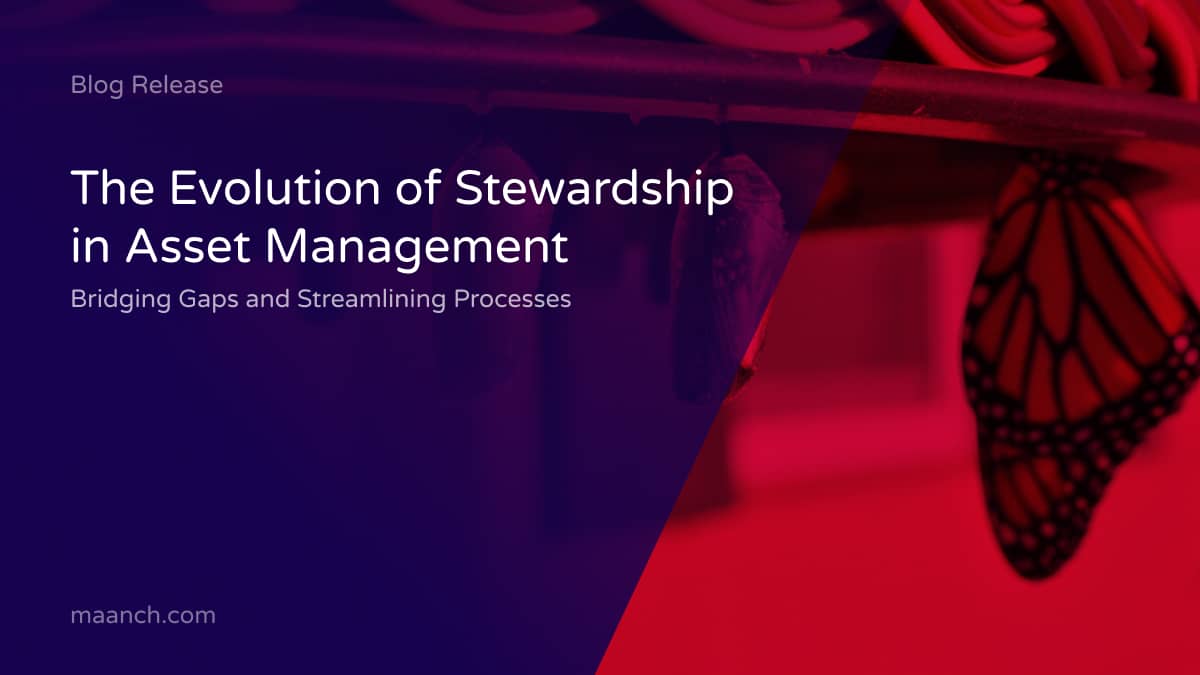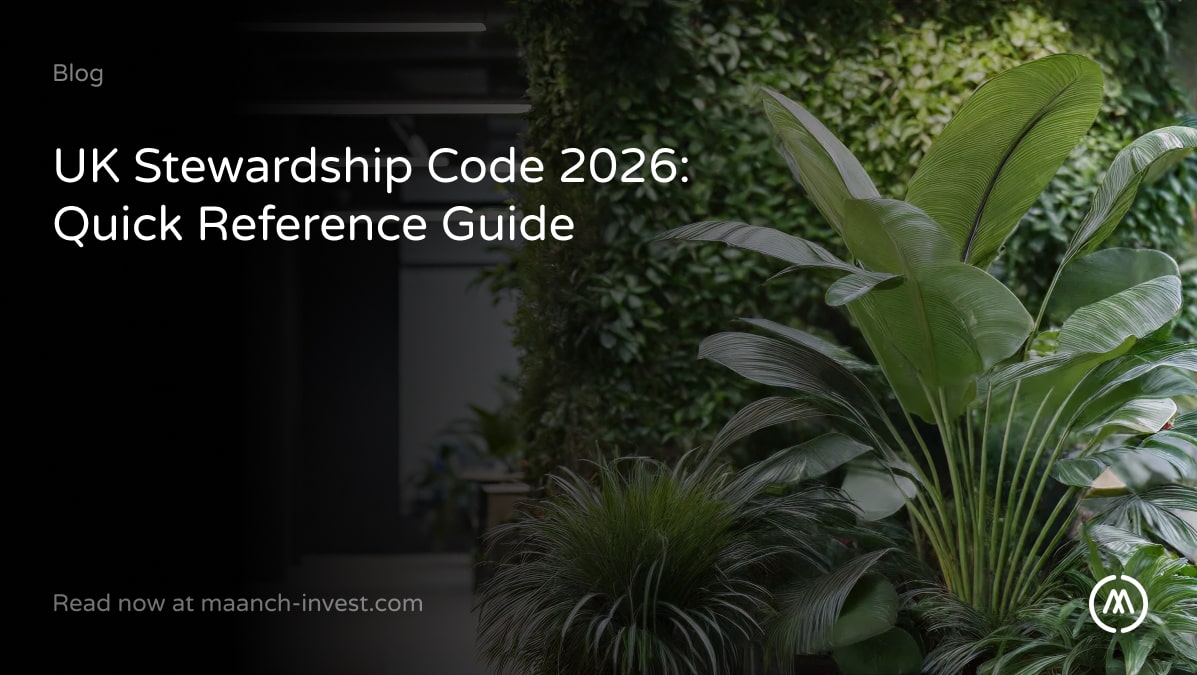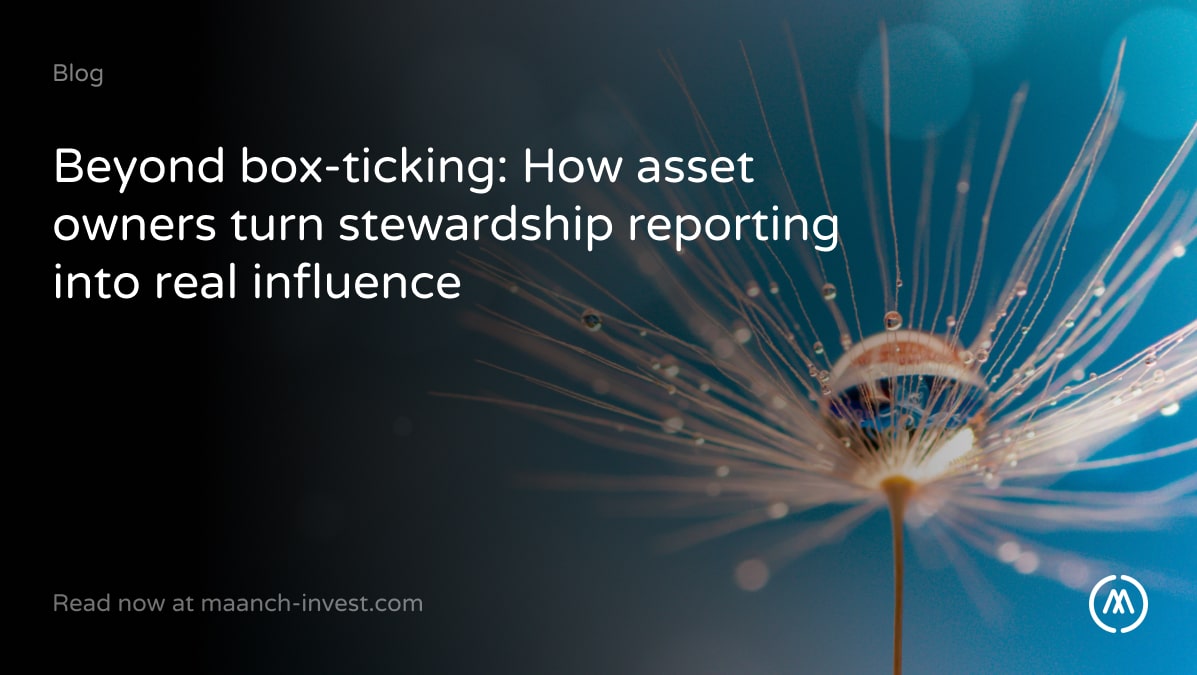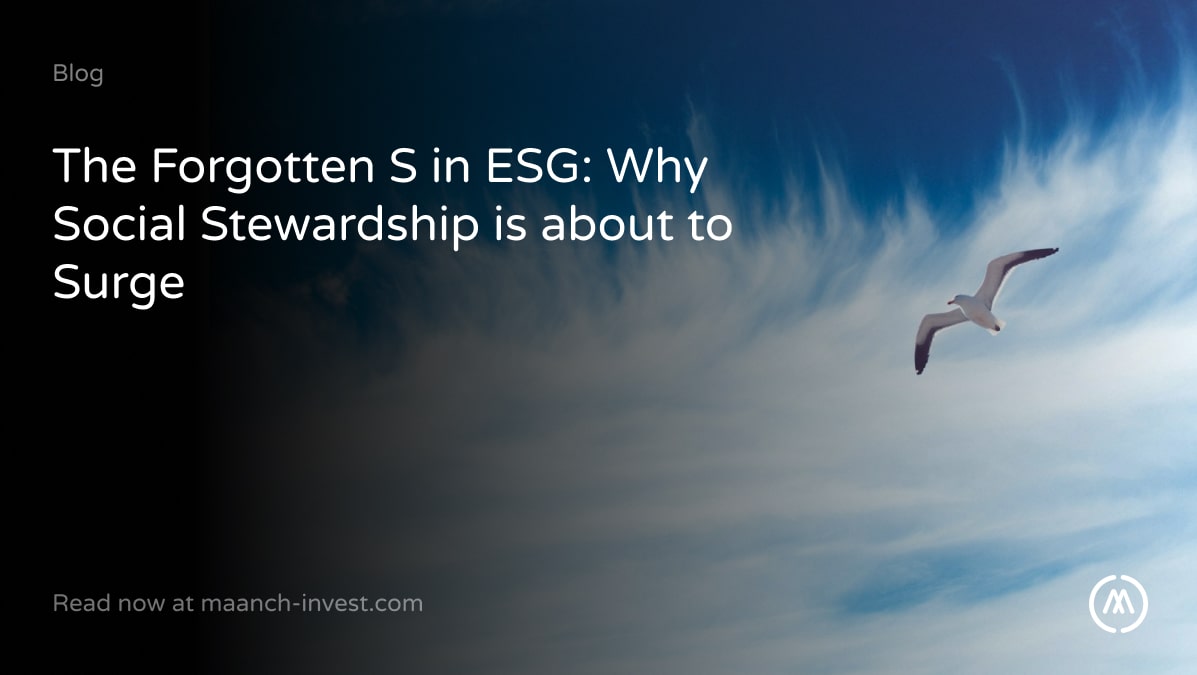In the realm of asset management, the spotlight on Stewardship and Environmental, Social, and Governance (ESG) integration has never been brighter. A glance at client-facing ESG materials from top asset managers worldwide reveals a uniform narrative: polished, insightful reports adorned with sleek visuals that narrate the engagement journey compellingly. Yet, the behind-the-scenes reality of compiling this data often contrasts starkly with the polished façade. The majority juggle last-minute data collection through emails and spreadsheets, indicating a glaring need for systemic overhaul to keep up with evolving investor and regulatory demands.
Navigating Systemic Fragmentation in Stewardship Data and Process
Asset managers face significant hurdles due to fragmented operational systems. Here’s how to navigate these challenges effectively:
- Initial Tools Fall Short: While spreadsheets and CRMs start as helpful tools, they often create data silos and operational inefficiencies over time.
- Seamless Integration is Key: The segmentation of data prevents the smooth integration and analysis needed for impactful ESG engagement.
- Automate for Cohesion: Integrating and automating systems is crucial. It transforms fragmented data management into a cohesive, efficient process.
- Access and Actionability: By automating systems, asset managers can ensure that all datasets, including internal ratings and third-party insights, are not only accessible but also actionable.
- Unified Data Views: A consolidated system provides a unified view of all relevant data, streamlining analysis and decision-making.
Moreover, transitioning to integrated and automated systems can significantly enhance operational efficiency and the effectiveness of ESG engagement strategies. By breaking down data silos and ensuring seamless data flow, asset managers can unlock new levels of insight and value. This helps pave the way for more informed investment decisions. Optimising for these changes not only addresses current systemic challenges but also prepares asset management firms for future demands. This will ensure they remain competitive and responsive in an evolving market.
Improving ESG Data Management
Streamlining ESG data visibility across investment teams poses unique challenges. Here’s a strategic approach to enhance data management:
- Identify Data Fragmentation: Engagement data often disperses across teams, complicating the ESG narrative.
- Centralise for Efficiency: Lack of a centralised approach increases the risk of data loss. A streamlined data management system is essential.
- Seamless Integration: Incorporating ESG data capture into existing workflows, such as through Microsoft suite compatibility, minimises perceived burdens.
- Boost Data Accuracy: This integration not only simplifies processes but also improves data accuracy and completeness.
Effective ESG data management requires overcoming the fragmentation barrier to ensure comprehensive and accurate data capture. By aligning ESG data processes with existing investment analysis workflows, firms can reduce the complexity and enhance the effectiveness of their ESG initiatives. Centralising data management and integrating ESG considerations as a natural part of investment workflows are critical steps towards achieving a more sustainable and transparent investment strategy. This approach not only streamlines the process but also significantly reduces the risk of overlooking crucial ESG information. In doing so, they can optimise investment decisions and outcomes.
Adapting to the evolving ESG dynamics
The ever-evolving nature of ESG and engagement processes demands a flexible and adaptive strategy. Key points to ensure this flexibility include:
- Embrace Change: The ESG landscape is dynamic, with new data types and regulatory requirements emerging regularly.
- Flexible Solutions: Opt for solutions that support easy updates and configurations to meet changing needs.
- Unique Team Operations: Recognize the distinct operations of investment and ESG teams, underscoring the importance of versatility in solutions.
By prioritising these aspects, organisations can maintain the agility needed to navigate the complexities of sustainable investing. Flexible and adaptable solutions ensure that firms can quickly respond to new information, regulatory shifts, and evolving industry standards without sacrificing efficiency or strategic direction. Understanding the unique needs and workflows of investment and ESG teams is crucial for implementing effective, tailor-made solutions that support long-term success. This approach not only facilitates compliance with current regulations but also positions firms to proactively adapt to future changes. Therefore securing a competitive edge in the sustainable investment market.
Leveraging Technology for Stewardship Transformation
Navigating through the complexities of fragmented systems, elusive data, and cumbersome workflows is daunting but manageable. Implementing strategies that allow ESG to support rather than burden investment teams marks a pivotal shift towards streamlined, effective engagement methods. The adoption of advanced technological solutions empowers asset managers to distinguish themselves by:
- Supporting Investment Teams: Adapting ESG processes to facilitate rather than impede investment strategies.
- Prioritising Data-Driven Engagement: Moving towards methods that underscore efficient, well-informed decision-making.
- Harnessing Innovative Tools: Accessing integrated, automated technologies designed to meet distinct operational requirements.
- Creating a Unified ESG Narrative: Making sure that internal ESG engagement processes are as coherent and effective as the stories conveyed externally.
Through the integration of sophisticated technology, asset managers can address and overcome traditional challenges. Also participating in paving the way for ESG to become a cornerstone of value creation rather than a hindrance. This transformation not only streamlines internal operations but also amplifies the message delivered to investors, showcasing a dedication to responsible, data-centric investment strategies.
Introducing a Cost-Benefit Calculator for Stewardship Excellence
Elevate your stewardship activities to achieve top-notch active asset ownership and informed investment decisions cost-effectively. The Maanch Stewardship Tools Cost-Benefit Calculator provides a clear analysis of the financial and operational advantages and disadvantages of your current approach to stewardship data management. This tool is essential for those using spreadsheets, considering in-house solutions, or thinking about specialised software adoption. Discover how to enhance efficiency and realise cost savings with our user-friendly calculator. Guiding you toward more effective stewardship tool management.
Featuring Next Week….
The Financial Reporting Council (FRC) has published an updated list of successful signatories to the UK Stewardship Code 2020 taking the total number of signatories to 273, with assets under management (AUM) of £43.3tn. The FRC has also published a short document, collating previously published guidance, which aims to help signatories and applicants to the Code prepare a fair, balanced and understandable stewardship report to submit in 2024.
With the deadline for 2024 submissions approaching, our next post will provide actionable insights and key takeaways from this guidance document. Whether you’re preparing your firm’s stewardship report or seeking to understand the impact of these developments on the investment landscape, our analysis will offer valuable perspectives to navigate these requirements successfully.



